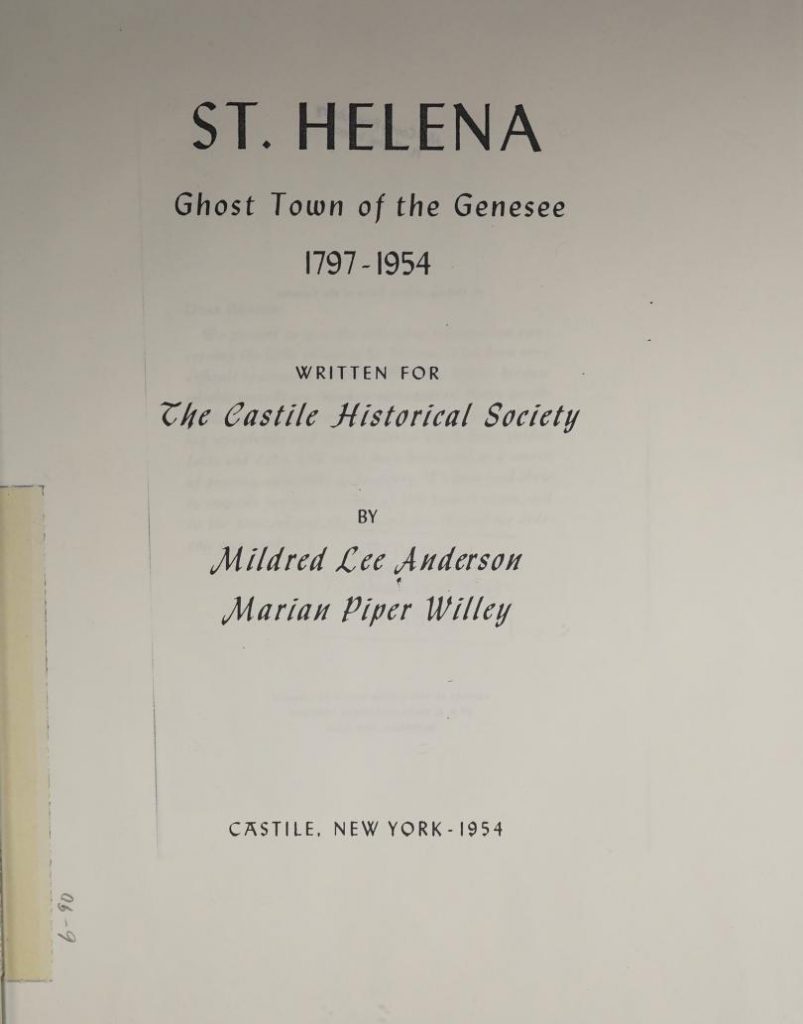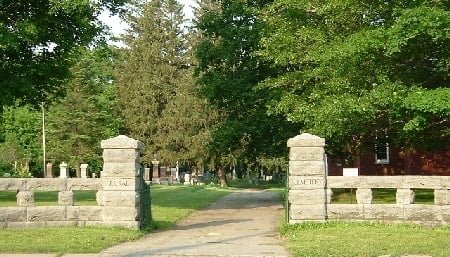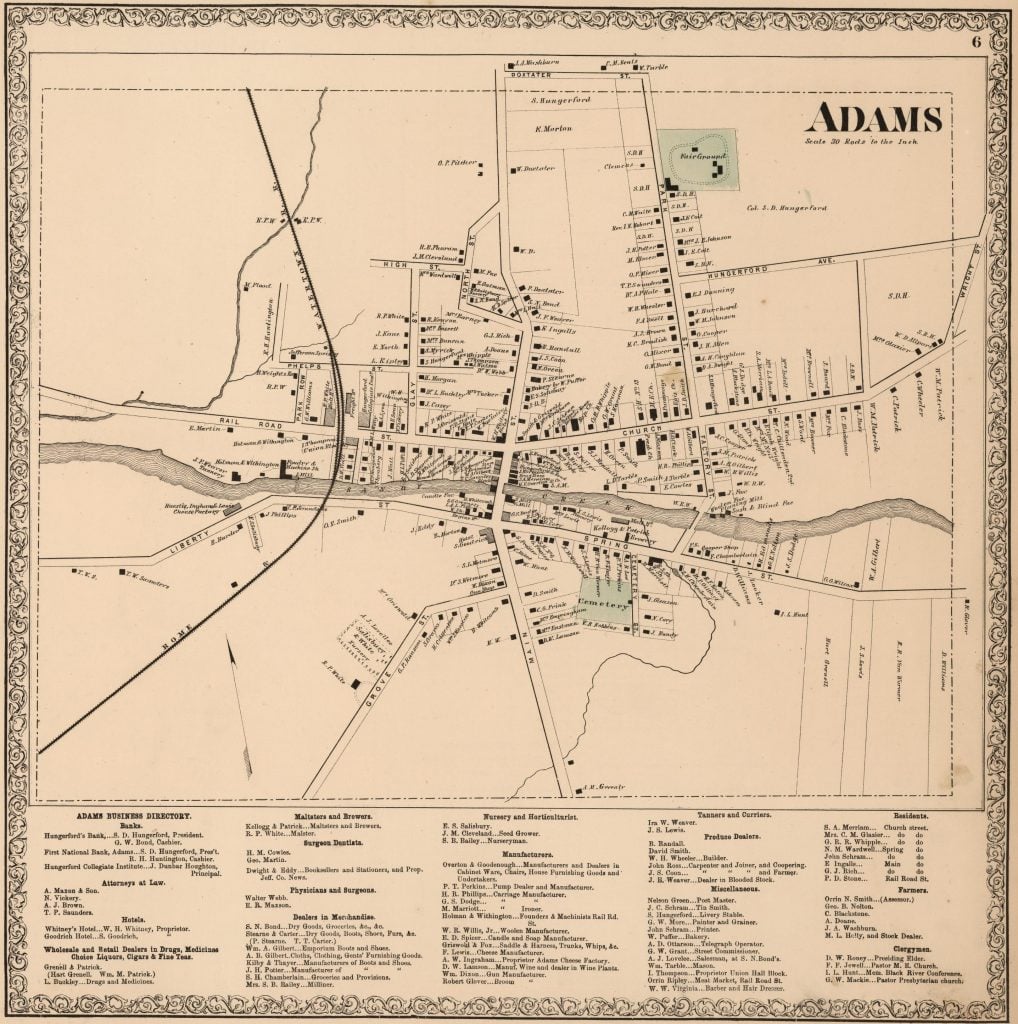Bits of News
Genesee Timber February 24, 1895: “John Chaffee, who lived one and a half miles below St. Helena, drew to the yard of the Elitsac Company, a mammoth cottonwood log, sixteen feet long and three feet through at the top and four feet through at the butt, scaling 1,024 feet. The log was cut on the east side of the river near the county line of Wyoming and Livingston, several weeks before. It was put on the bobs and drawn as far as the river, where it tipped over. Six horses were then hitched to the log and it was drawn […]


